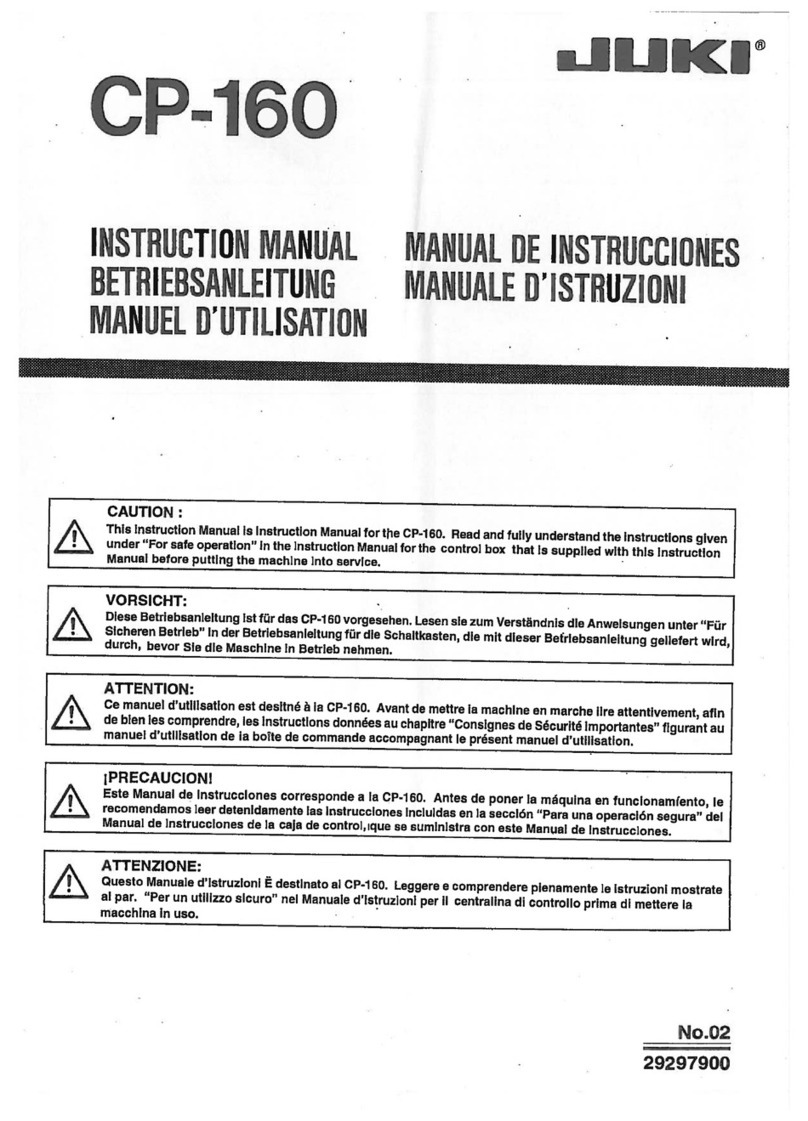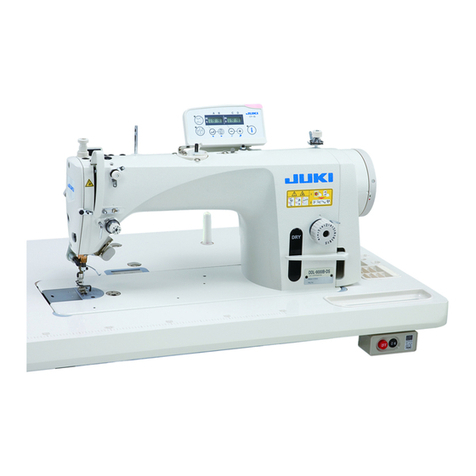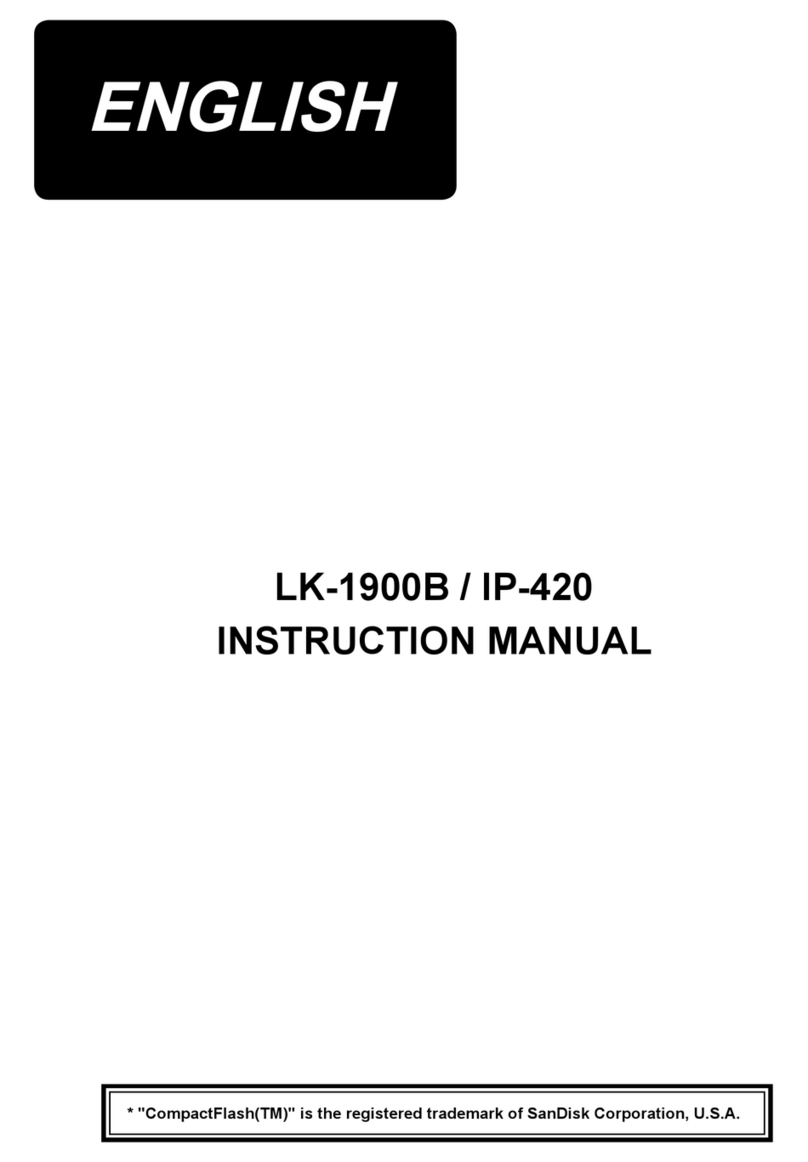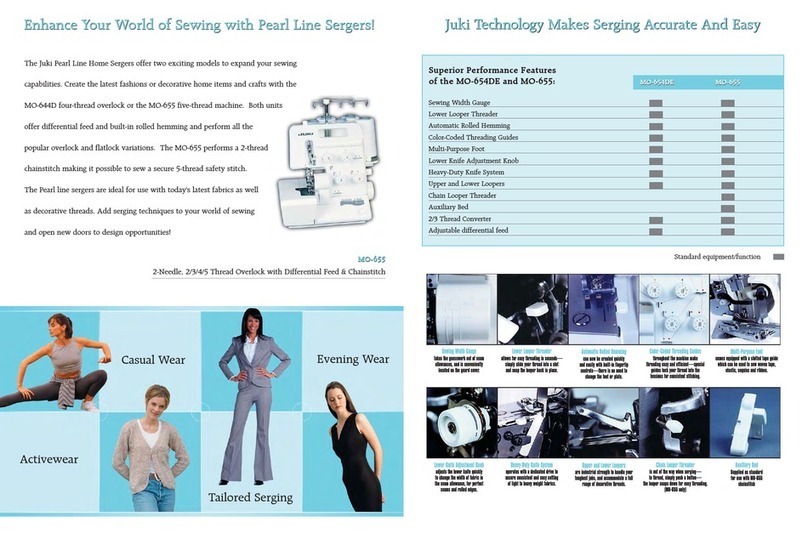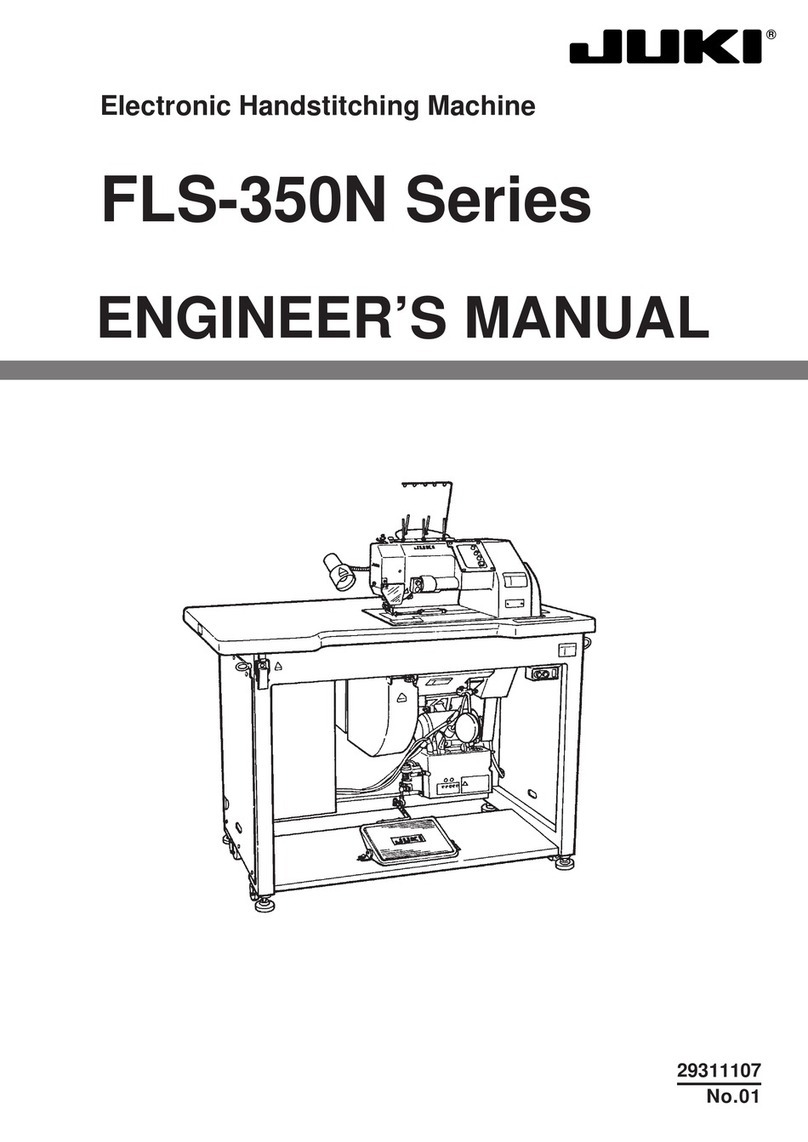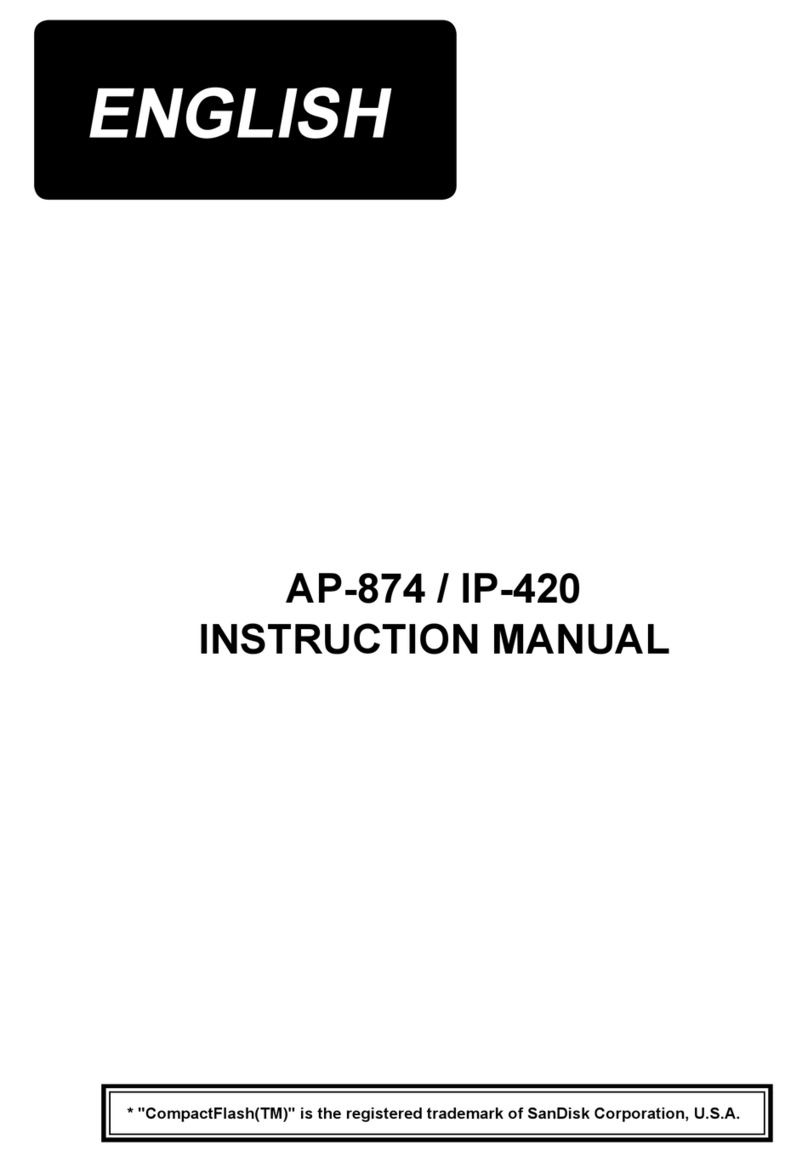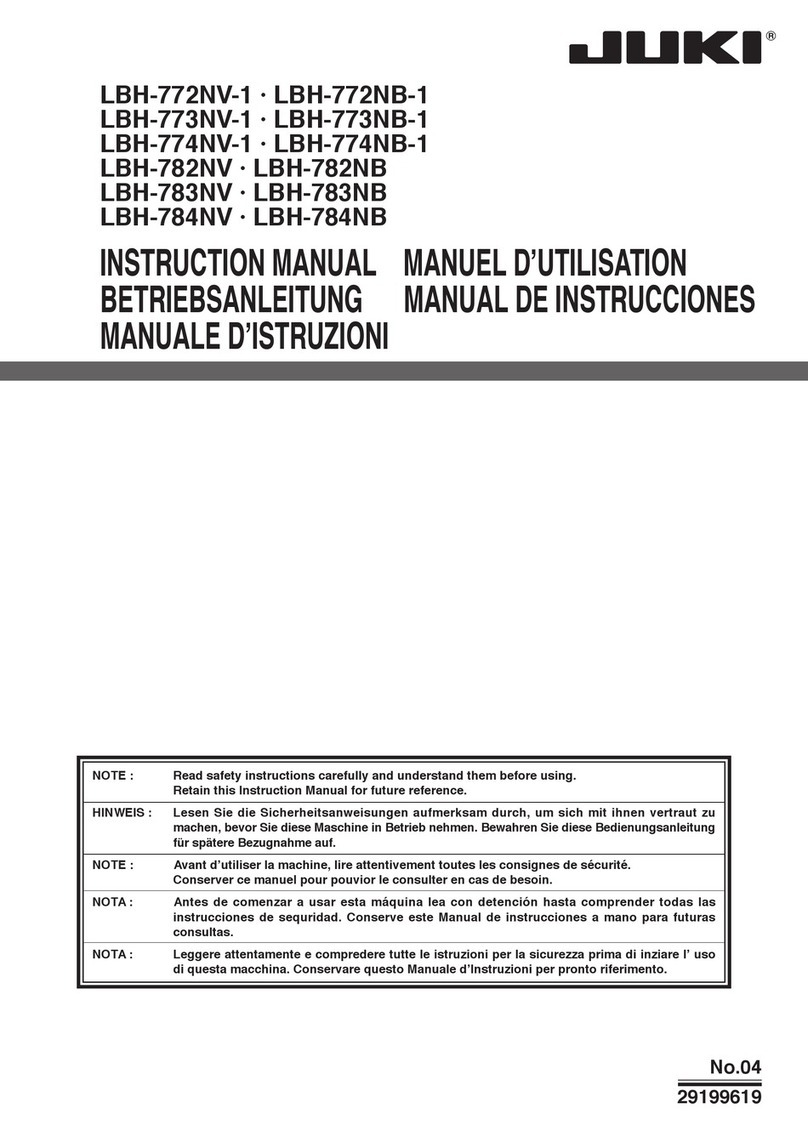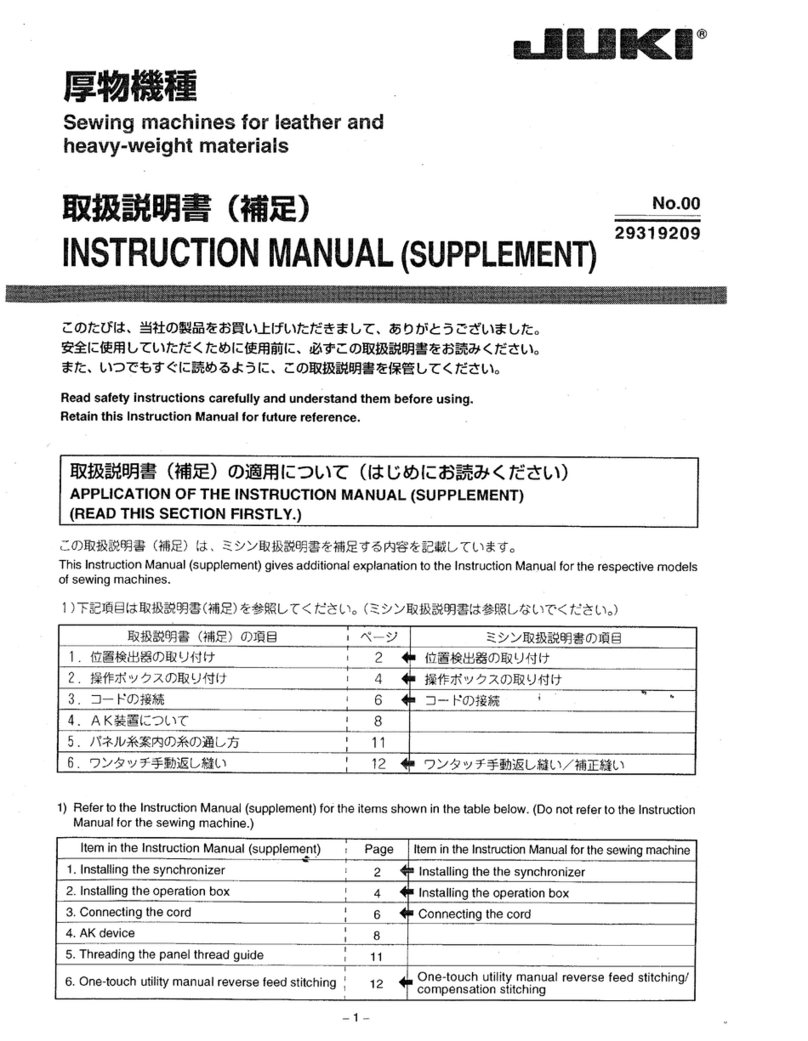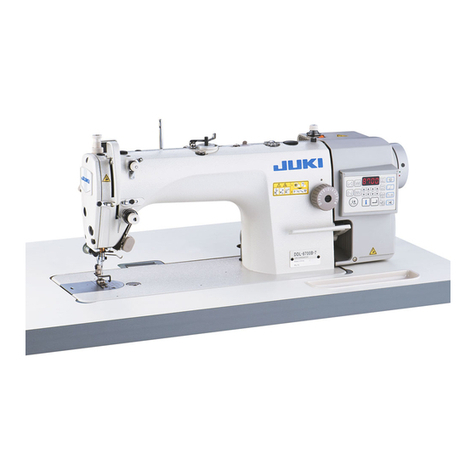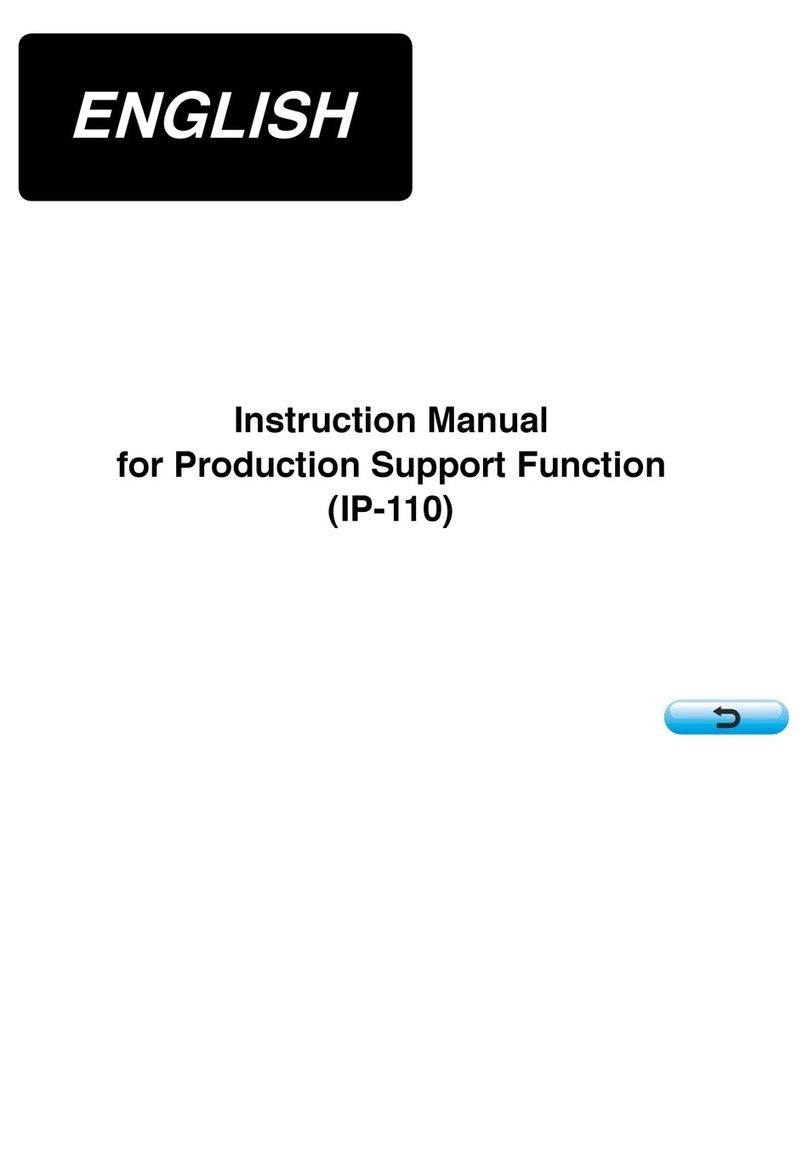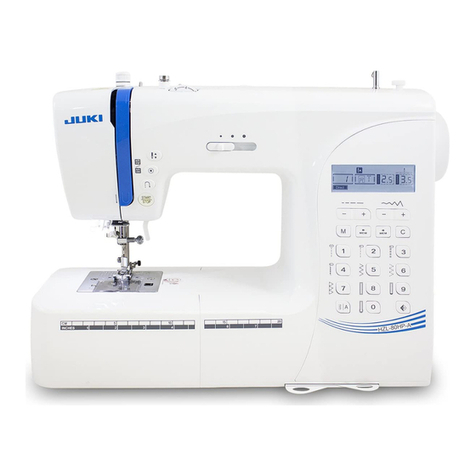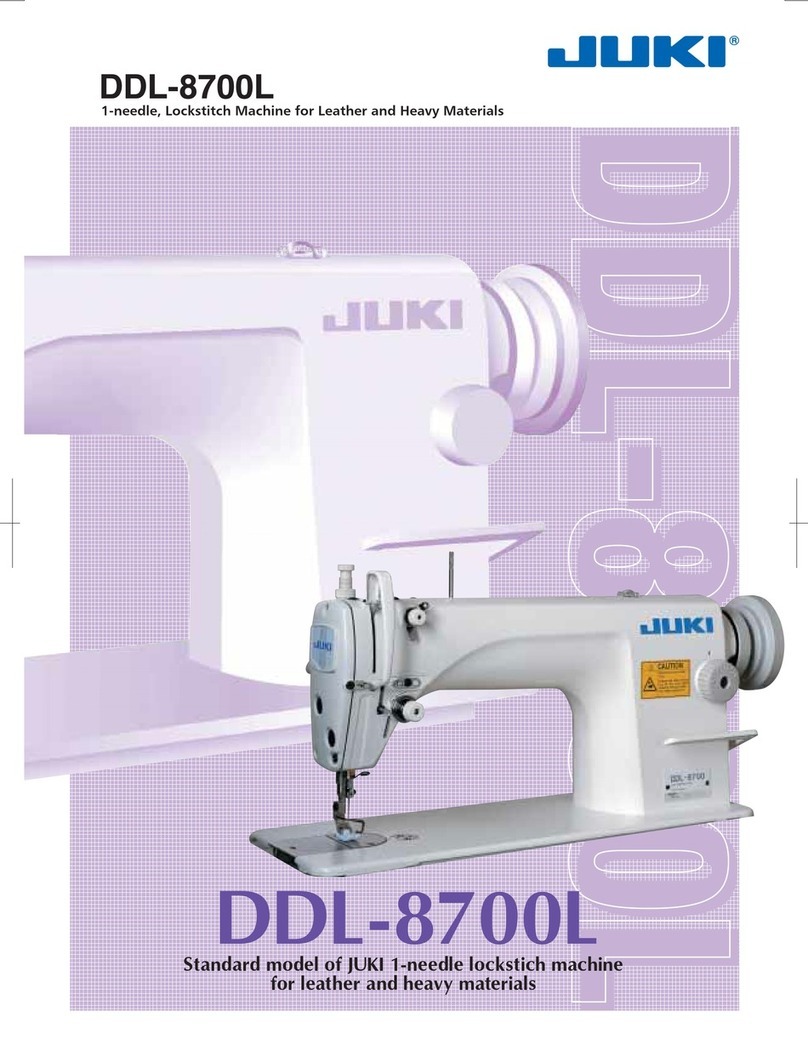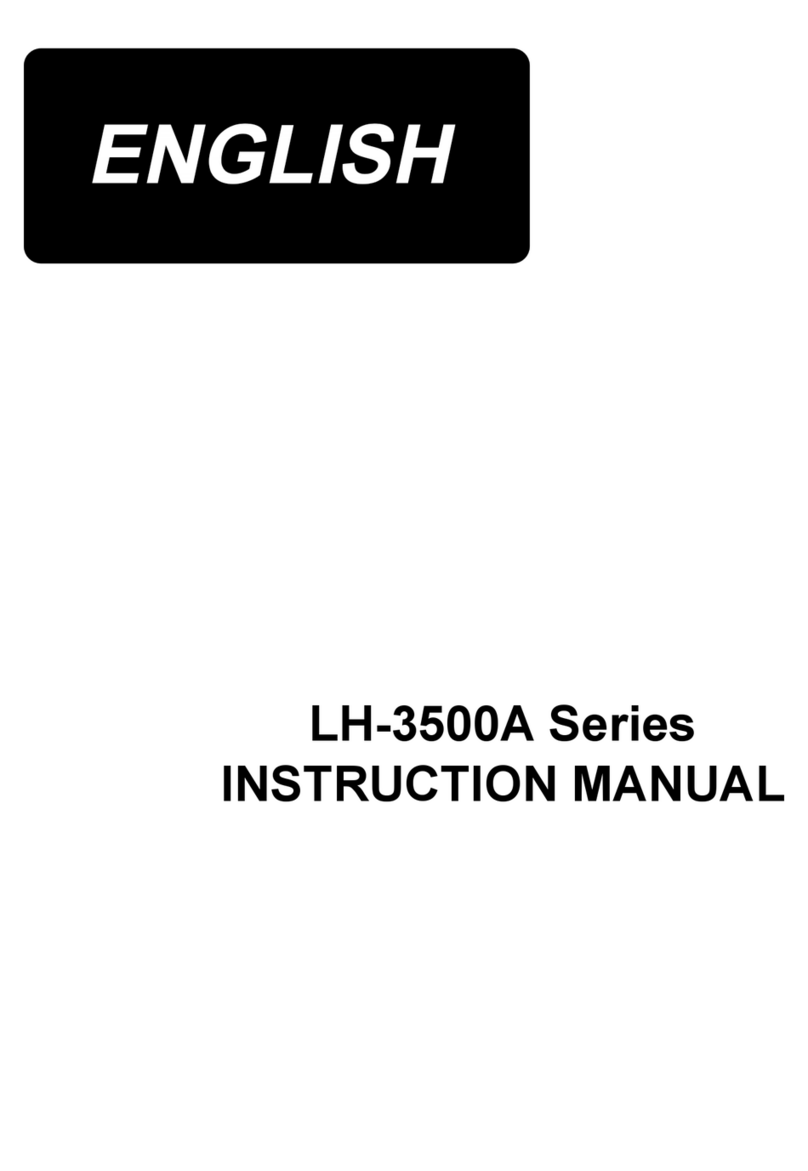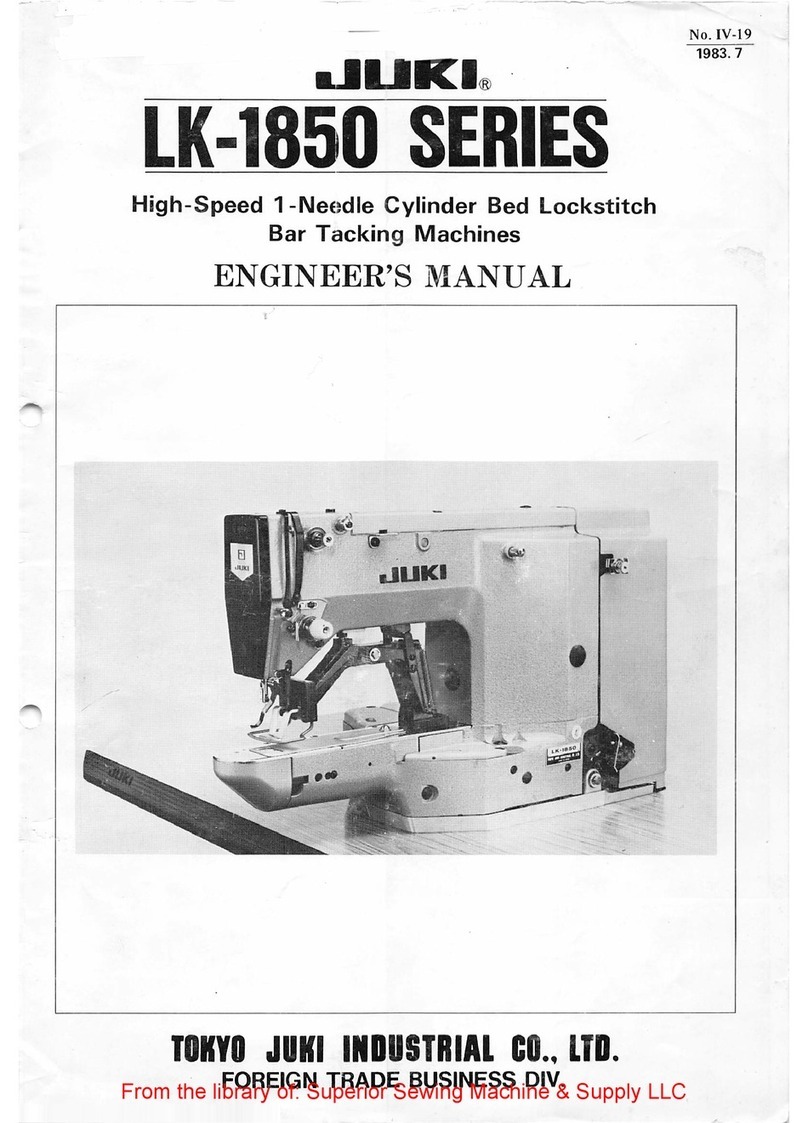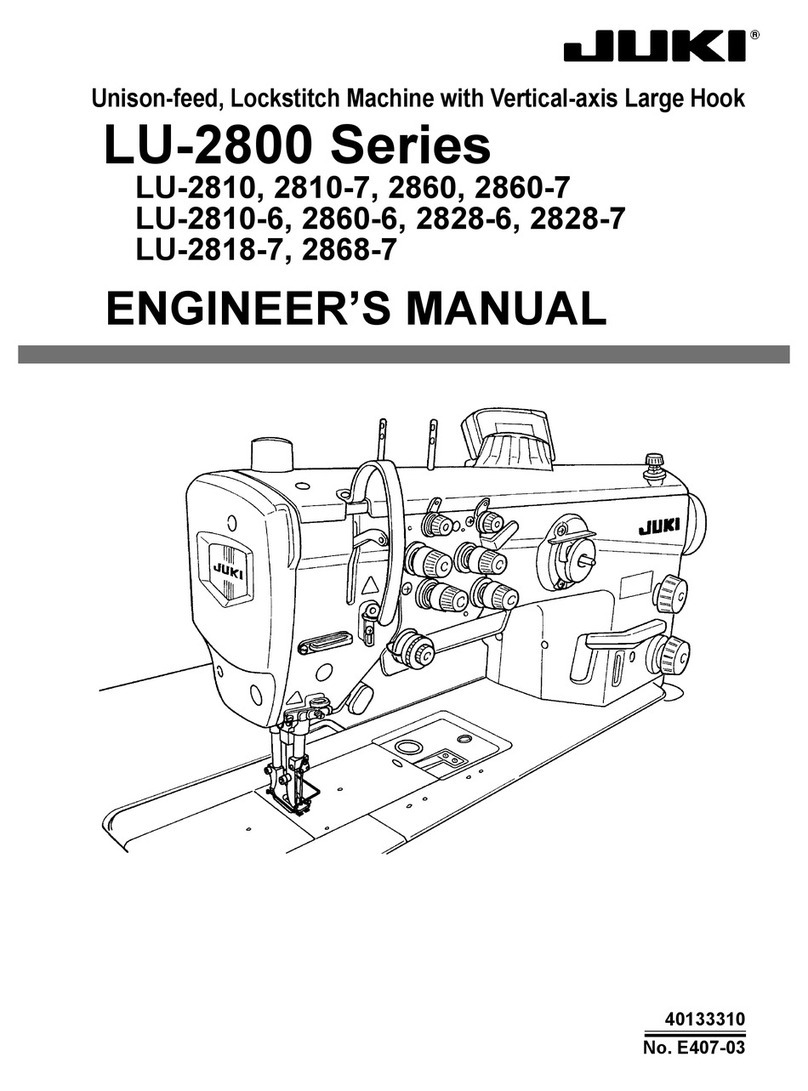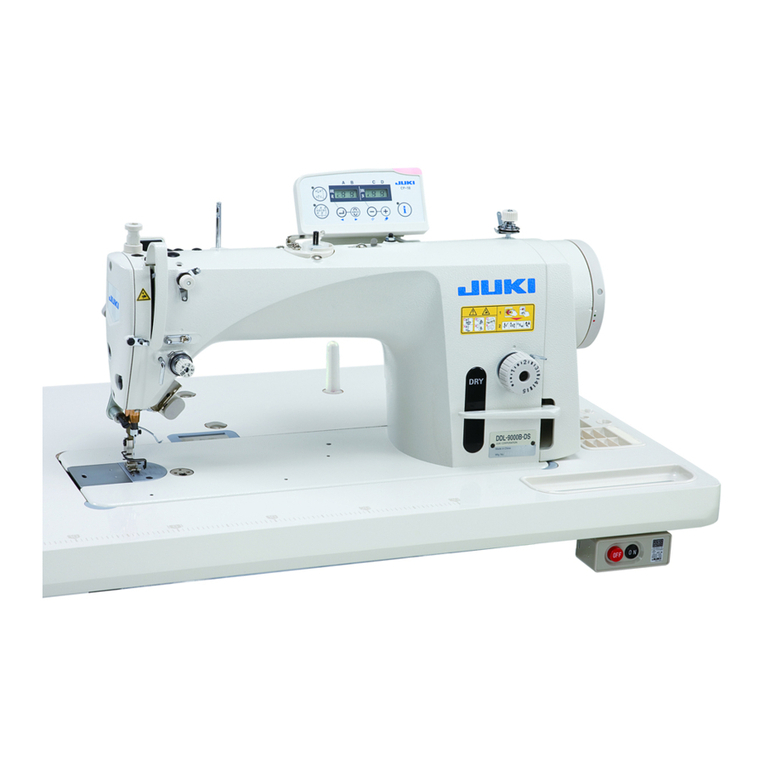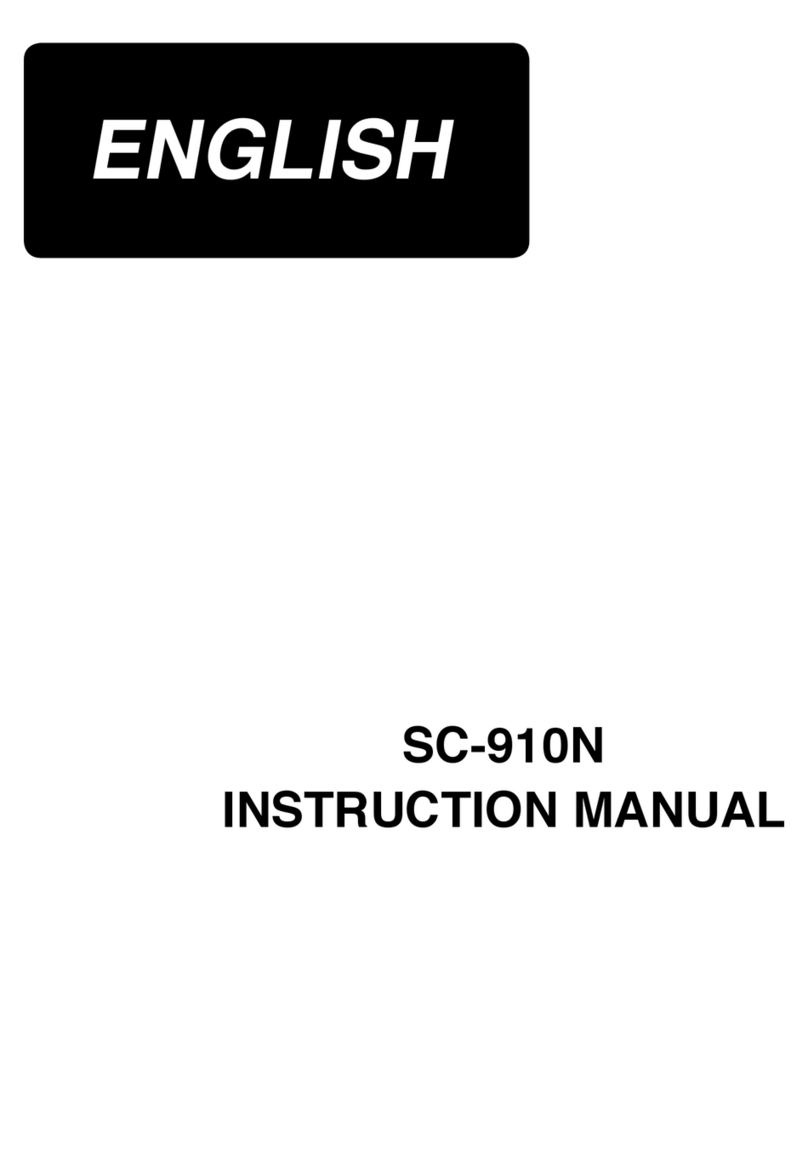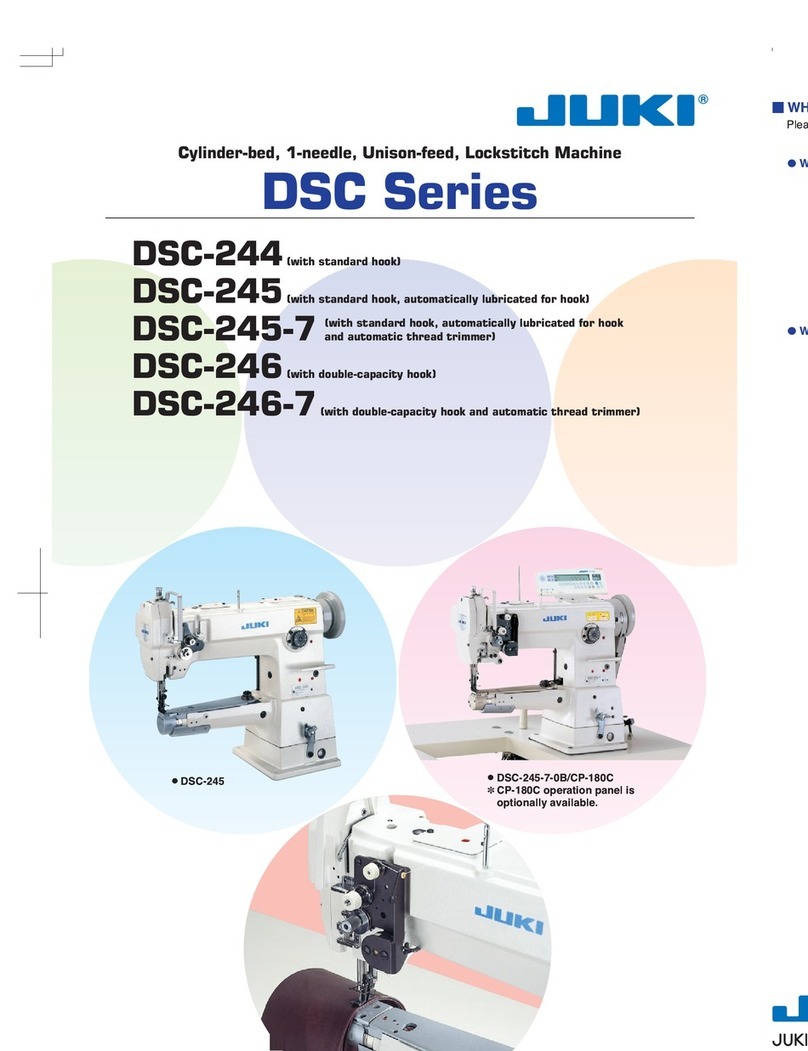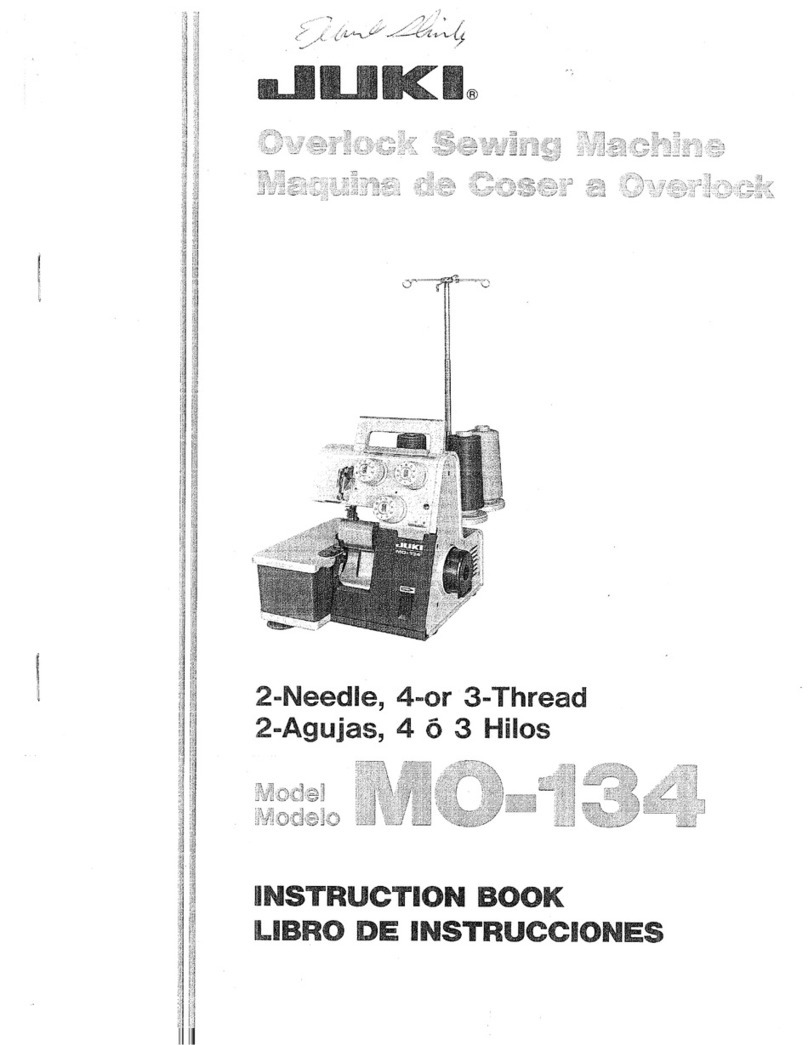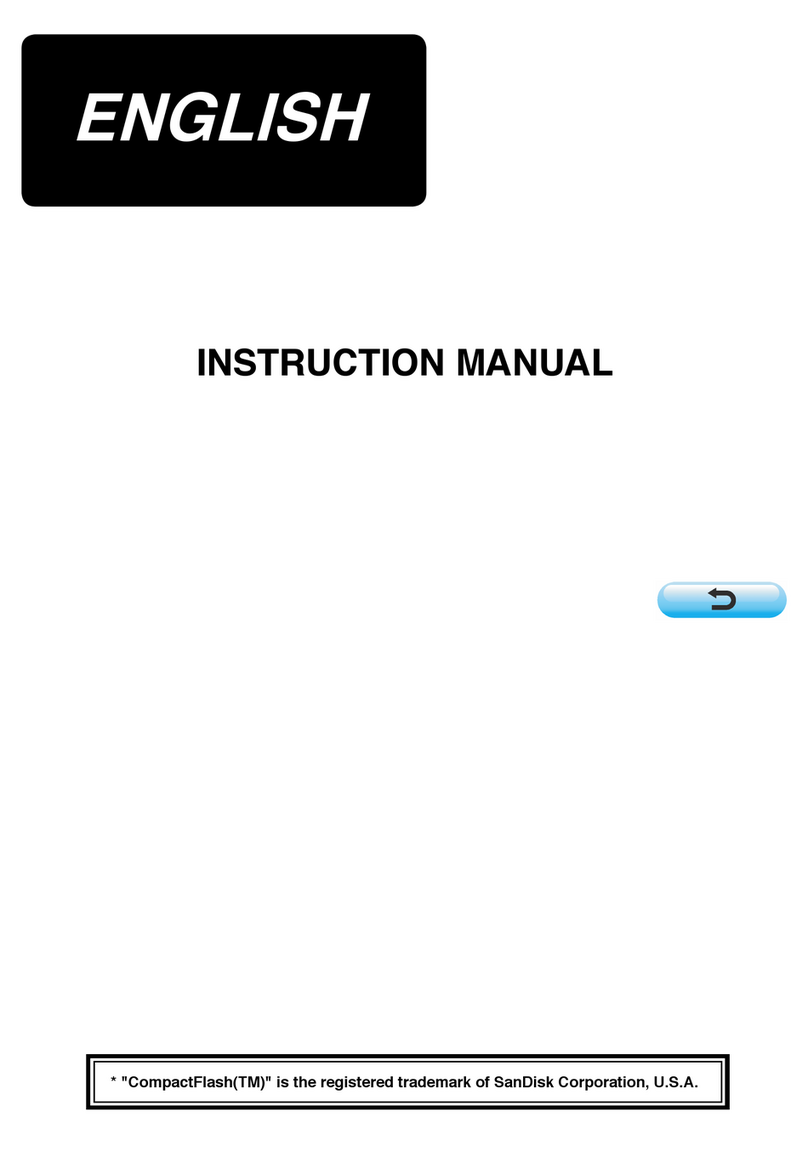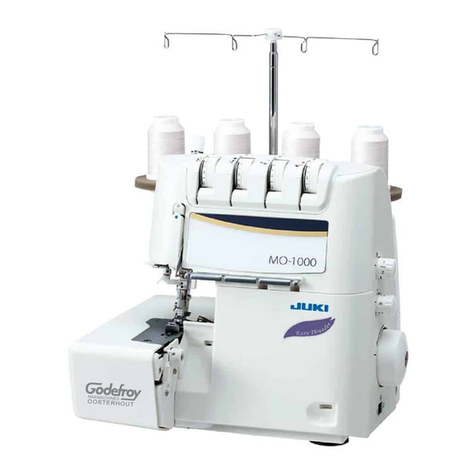
i
CONTENTS
!. EXPLANATION OF LK-1900AN, COMPUTER-CONTROLLED HIGH-SPEED
BARTACKING MACHINE..............................................................................................1
[1] SPECIFICATIONS .....................................................................................................................................1
[2] CONFIGURATION .....................................................................................................................................2
1. Names of main unit................................................................................................................................................2
2. Names and explanation of switches on the operation panel ............................................................................3
[3] INSTALLATION .........................................................................................................................................4
1. Installing the electrical box...................................................................................................................................4
2. Attaching the connecting rod...............................................................................................................................4
3. Installing the head support rod ............................................................................................................................4
4. Installing and connecting the power switch .......................................................................................................5
5. Installation of the sewing machine head.............................................................................................................6
6. Installing the drain receiver and the head support rubber ................................................................................6
7. Safety switch..........................................................................................................................................................7
8. Tilting the sewing machine head .........................................................................................................................7
9. Installing the operation panel...............................................................................................................................8
10. Connecting the cord..............................................................................................................................................9
11. Installing the motor cover...................................................................................................................................10
12. Managing the cord............................................................................................................................................... 11
13. Installing the eye protection cover .................................................................................................................... 11
14. Installing the thread stand..................................................................................................................................12
[4] OPERATION OF THE SEWING MACHINE ............................................................................................13
1. Lubrication ...........................................................................................................................................................13
2. Attaching the needle ...........................................................................................................................................13
3. Threading the machine head ..............................................................................................................................14
4. Installing and removing the bobbin case ..........................................................................................................14
5. Installing the bobbin............................................................................................................................................15
6. Adjusting the thread tension ..............................................................................................................................15
7. Adjusting the thread take-up spring ..................................................................................................................16
8. Example of the thread tension ...........................................................................................................................16
[5] OPERATION OF THE SEWING MACHINE (BASIC)..............................................................................17
1. Item data setting ..................................................................................................................................................17
2. Checking the contour of a sewing pattern ........................................................................................................19
3. Sewing ..................................................................................................................................................................20
4. Change to the other sewing pattern ..................................................................................................................20
5. Winding a bobbin.................................................................................................................................................21
6. Thread clamp device ...........................................................................................................................................22
[6] OPERATION OF THE SEWING MACHINE (ADVANCED).....................................................................24
1. Performing sewing using the pattern keys ( , , , and ) ........................................24
2. Performing sewing using the combination function........................................................................................27
3. Performing sewing using the “bobbin thread counter”...................................................................................29
4. How to use the temporary stop ..........................................................................................................................29
5. Setting the pattern thread tension .....................................................................................................................30
6. Cautions in operation..........................................................................................................................................31
[7] MAINTENANCE ......................................................................................................................................31
1. Adjusting the height of the needle bar ..............................................................................................................31
2. Adjusting the needle-to-shuttle relation............................................................................................................32
3. Adjusting the lift of the work clamp foot ...........................................................................................................33
4. The moving knife and counter knife ..................................................................................................................33
5. Needle thread clamp device ...............................................................................................................................34
6. Adjustment of the wiper......................................................................................................................................34
7. Draining waste oil ................................................................................................................................................35
8. Amount of oil supplied to the hook ...................................................................................................................35
9. Replacing the fuse...............................................................................................................................................35
